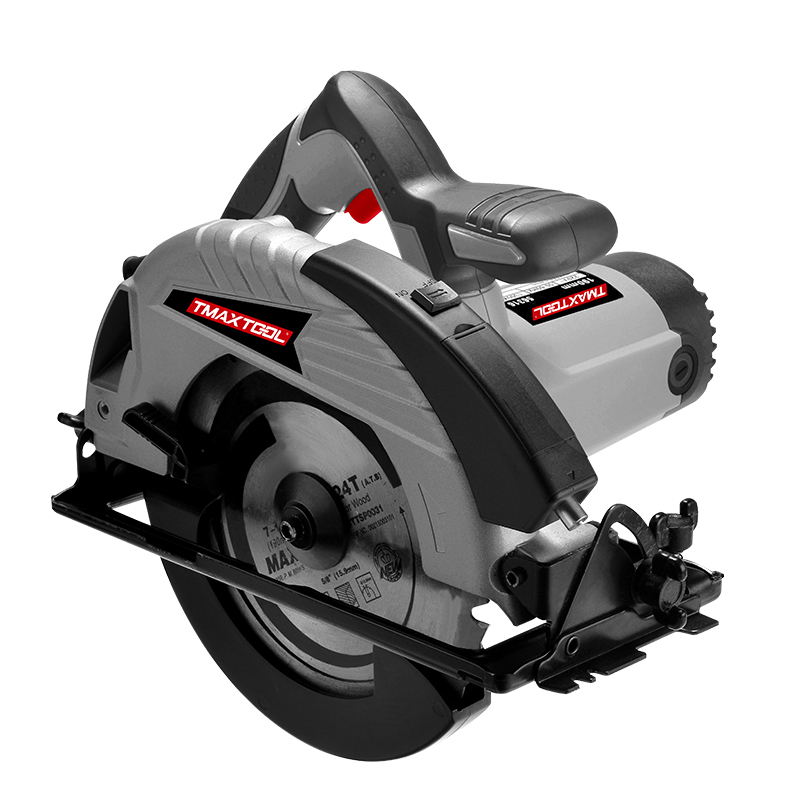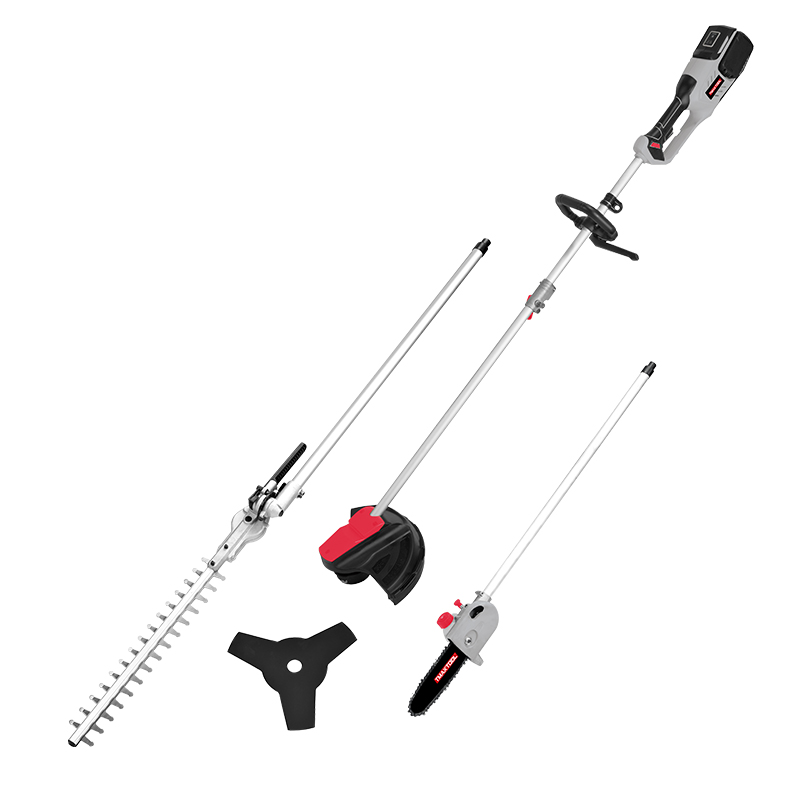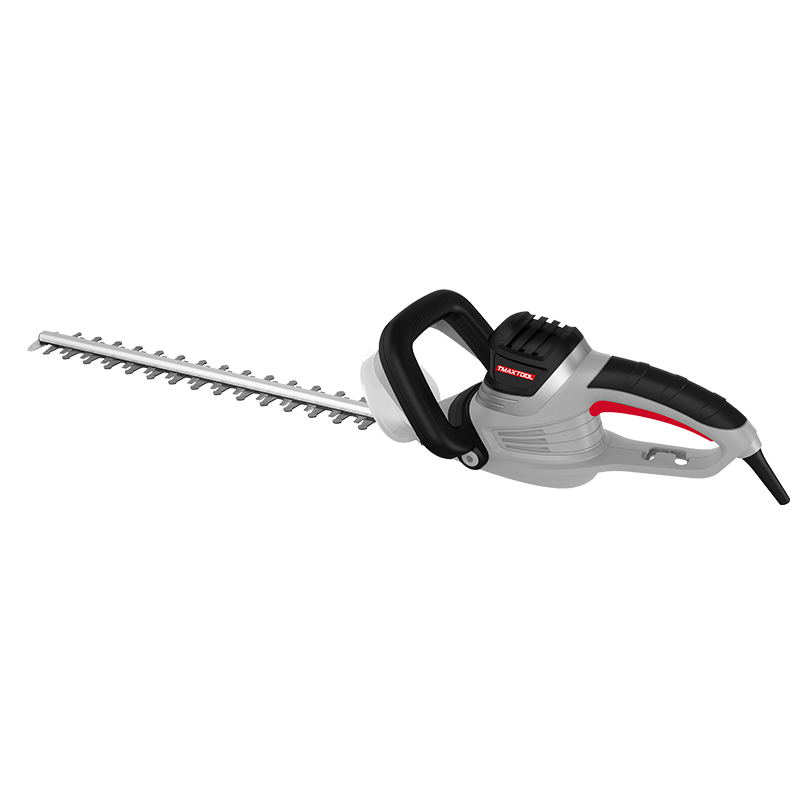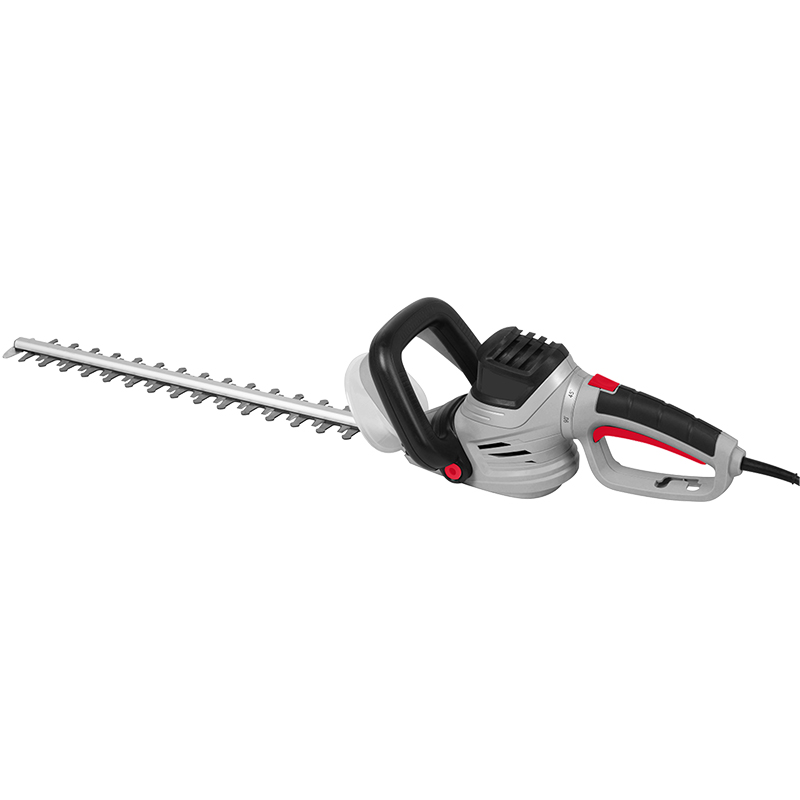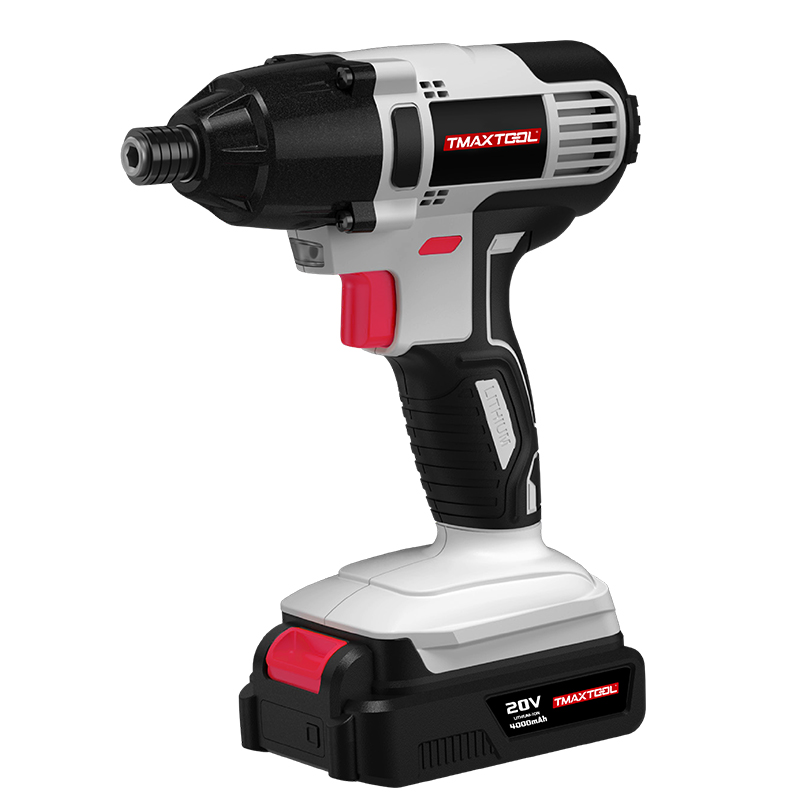20V Lithium battery brushless screwdriver
product DETAILS
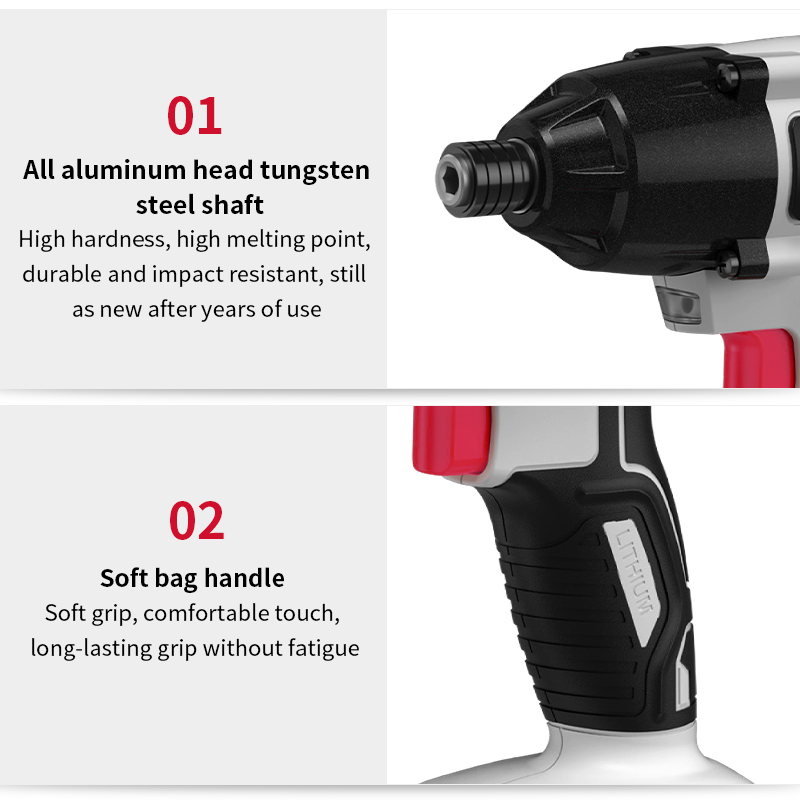
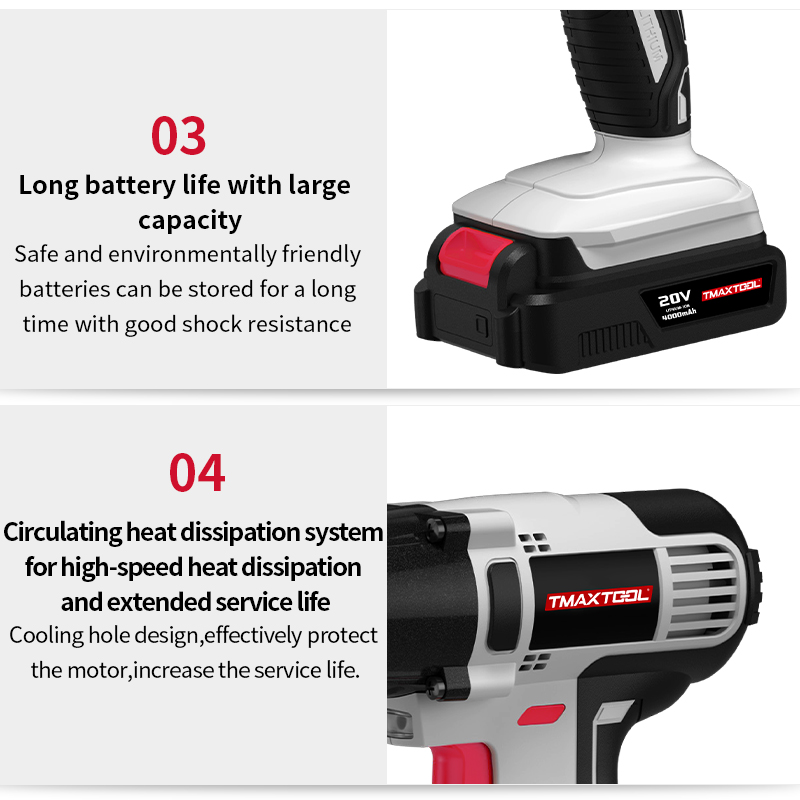
product description
If you're aiming to discharge your 18650 lithium drill battery at a C-rate, it's essential to understand the concept of C-rate first. The C-rate refers to the rate at which a battery is charged or discharged relative to its capacity.
For example:
1C discharge means discharging the battery in one hour.
2C discharge means discharging the battery in 30 minutes.
0.5C discharge means discharging the battery in two hours.
To discharge your 18650 lithium drill battery at a few C rate, follow these steps:
Identify Battery Capacity: Determine the capacity of your 18650 lithium battery. This is typically expressed in milliampere-hours (mAh) or ampere-hours (Ah). Let's say your battery has a capacity of 2000mAh.
Calculate Discharge Current: Decide the discharge rate you want in terms of C. For example, if you want to discharge at 2C and your battery capacity is 2000mAh, then your discharge current would be 2 times the capacity, i.e., 4000mA or 4A.
Discharge Process: Connect a load to your battery that can handle the calculated discharge current. Make sure the load is appropriate for the voltage of your battery. In this case, ensure it's suitable for the voltage of a single 18650 cell (usually around 3.7V to 4.2V).
Monitor Discharge: During the discharge process, monitor the voltage of the battery. As the battery discharges, its voltage will drop.
End Voltage: Be cautious not to discharge your lithium battery below its recommended minimum voltage, usually around 3.0V per cell, to prevent damage to the battery and possible safety hazards.
Safety Precautions: Always discharge lithium batteries in a safe environment and follow proper safety precautions. Over-discharging or mishandling lithium batteries can be dangerous.
Charging: After discharging, recharge the battery using an appropriate charger designed for lithium batteries. Follow the manufacturer's recommendations for charging.
Remember, while discharging at higher C-rates can provide higher power output, it may also reduce the overall lifespan of the battery and generate more heat. Always ensure you're within the safe operating limits of your battery and equipment.

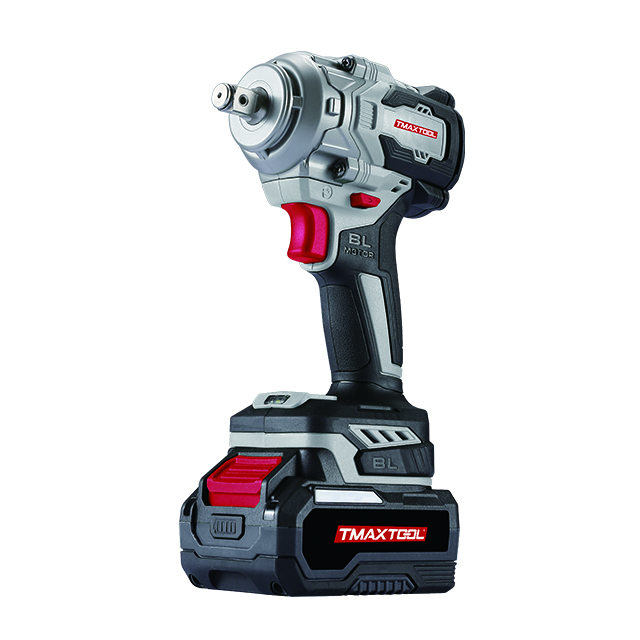 Impact Wrench
Impact Wrench
 Screwdriver
Screwdriver
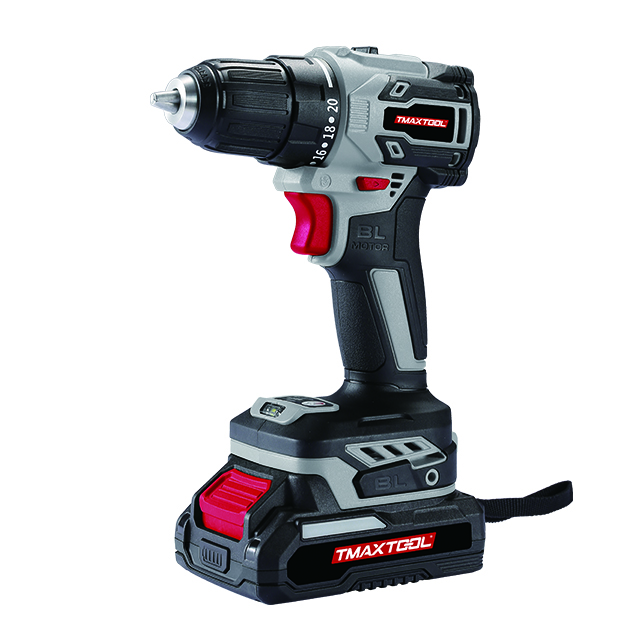 Cordless Drill
Cordless Drill
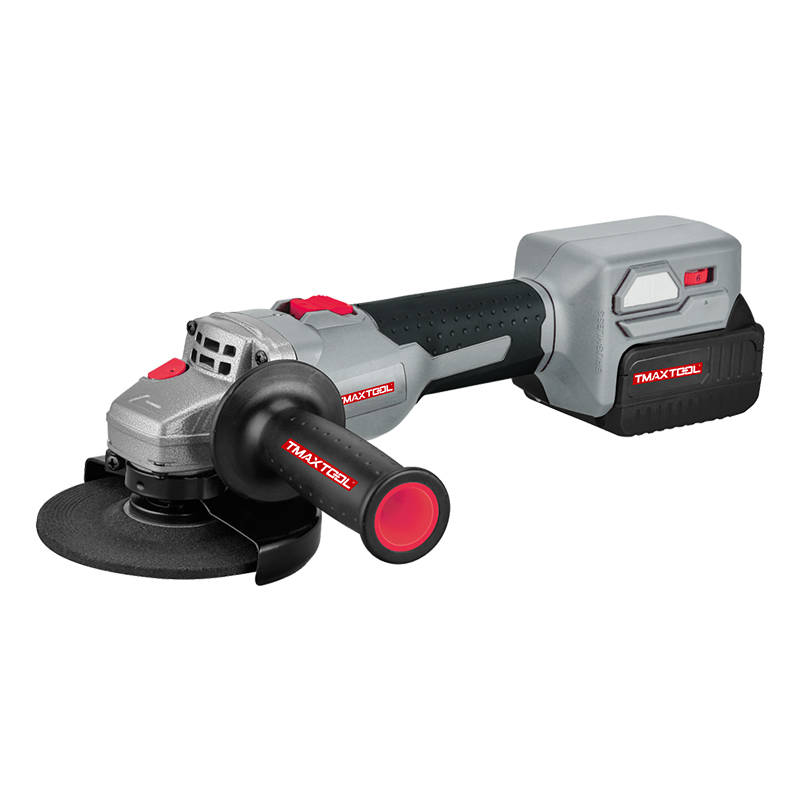 Angle Grinder
Angle Grinder
 Polisher
Polisher
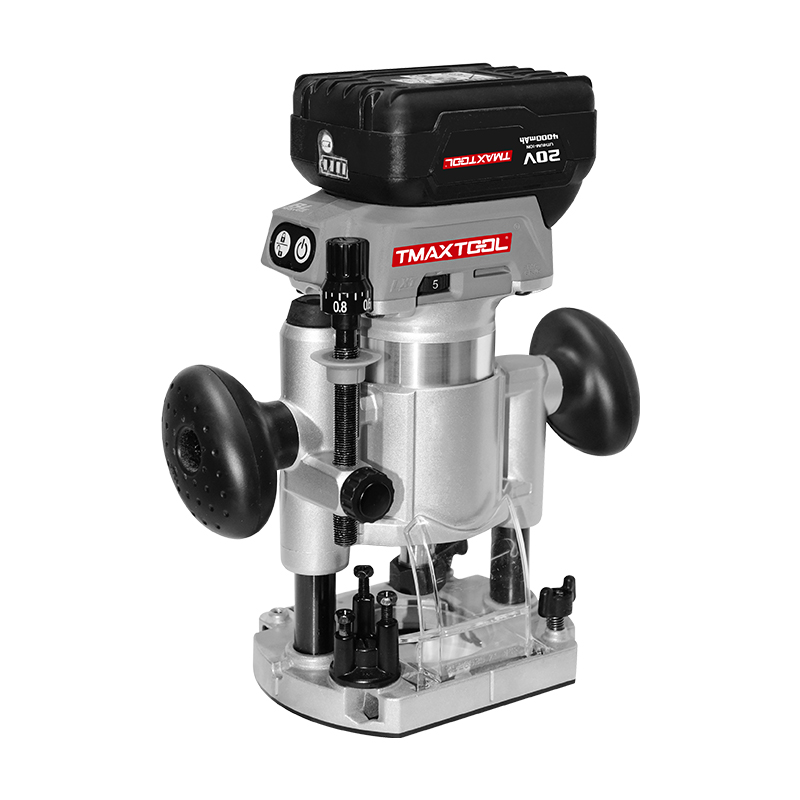 Wood Router
Wood Router
 Jig Saw
Jig Saw
 Hammer Drill
Hammer Drill
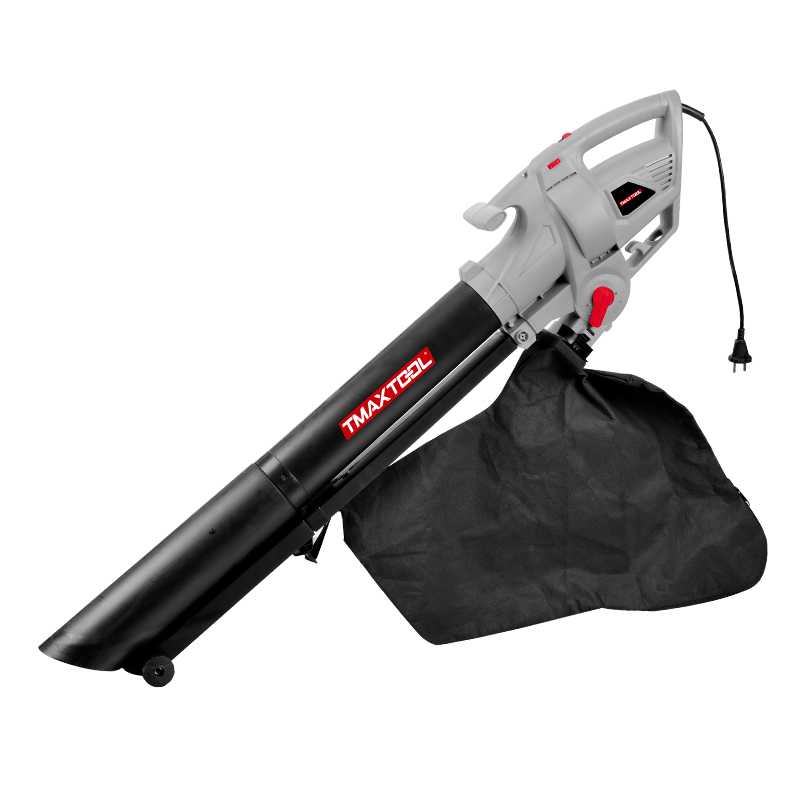 Portable Blower
Portable Blower
 Orbital Sander
Orbital Sander
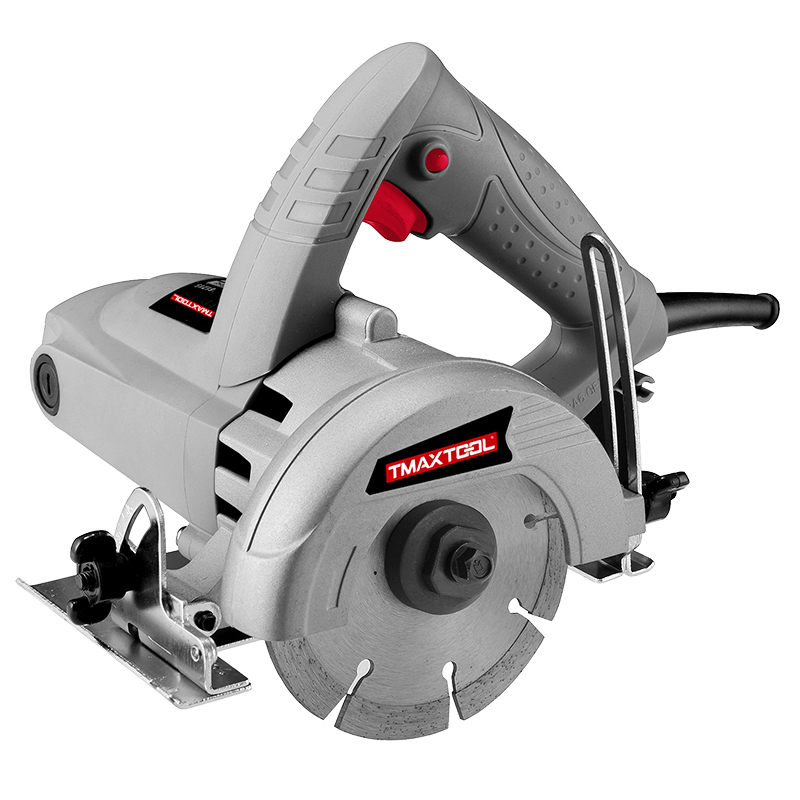 Marble Cutter
Marble Cutter
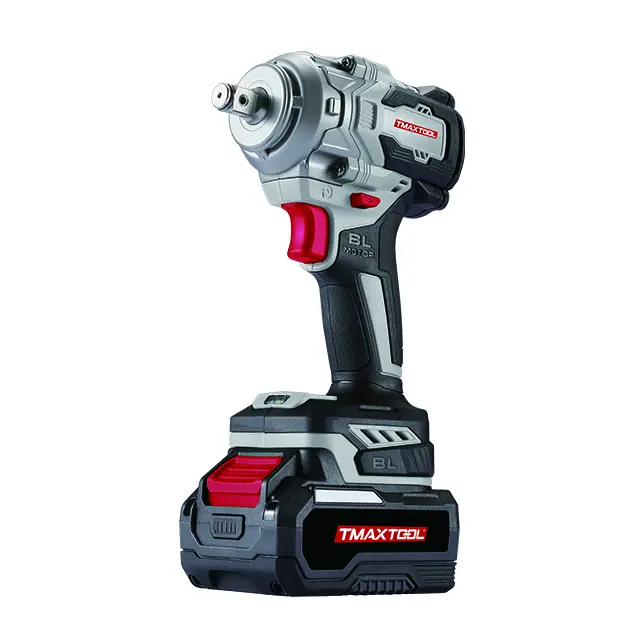 GARDEN TOOLS
GARDEN TOOLS
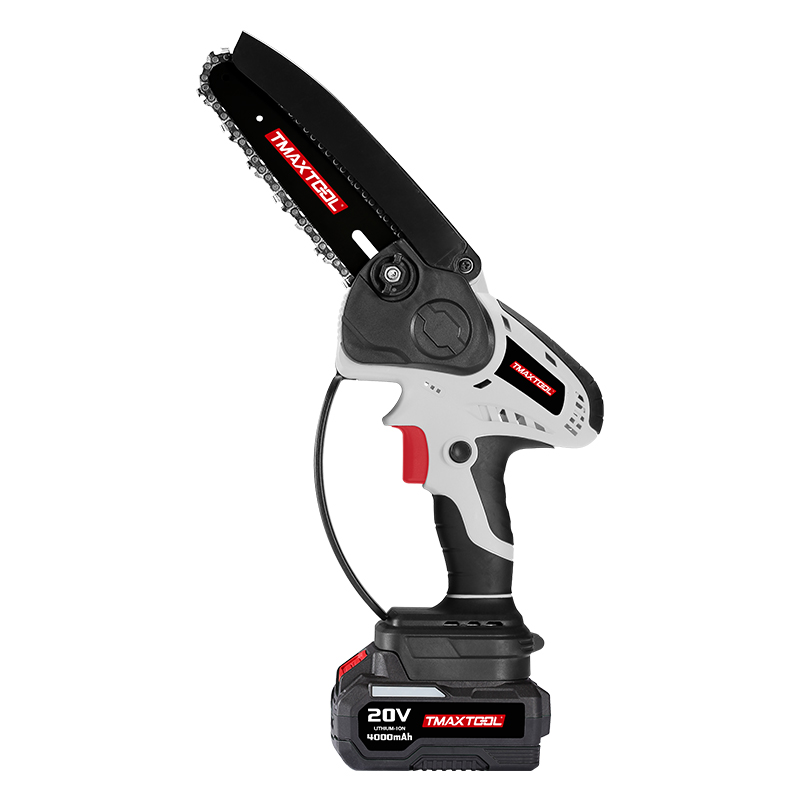 Battery Chain Saw
Battery Chain Saw
 Battery Brush Cutter
Battery Brush Cutter
 Battery Hedge Trimmer
Battery Hedge Trimmer
 Battery Multi Tool
Battery Multi Tool
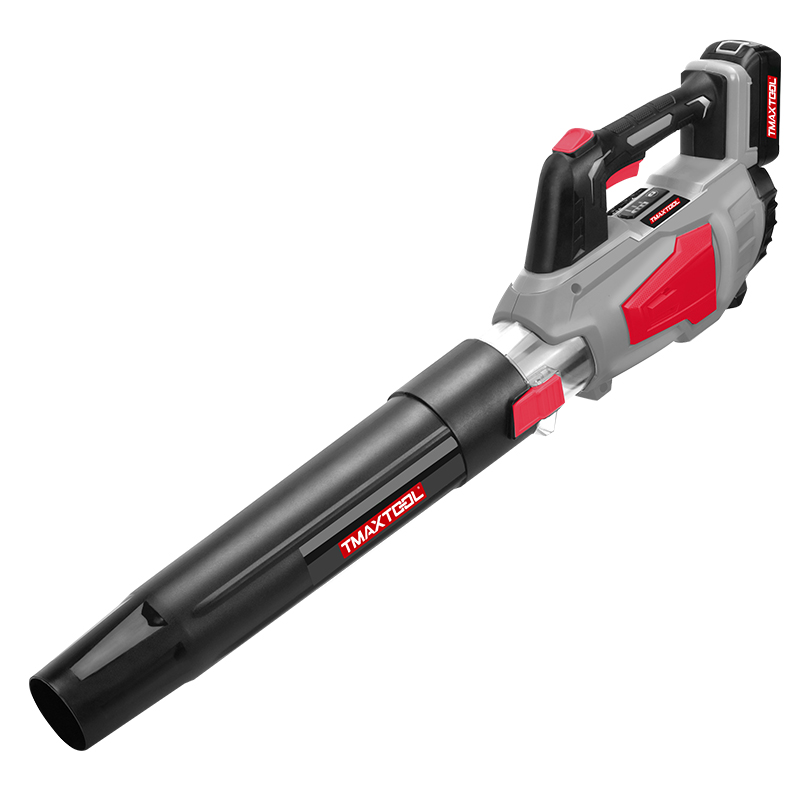 Battery Blower
Battery Blower
 Batter Pruning Shears
Batter Pruning Shears
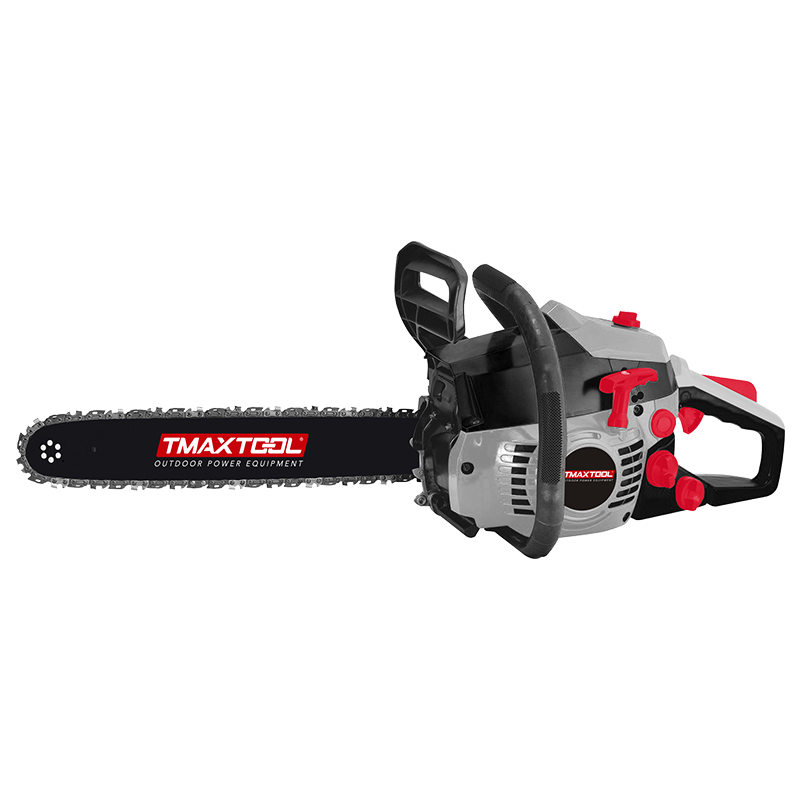 Chain Saw
Chain Saw
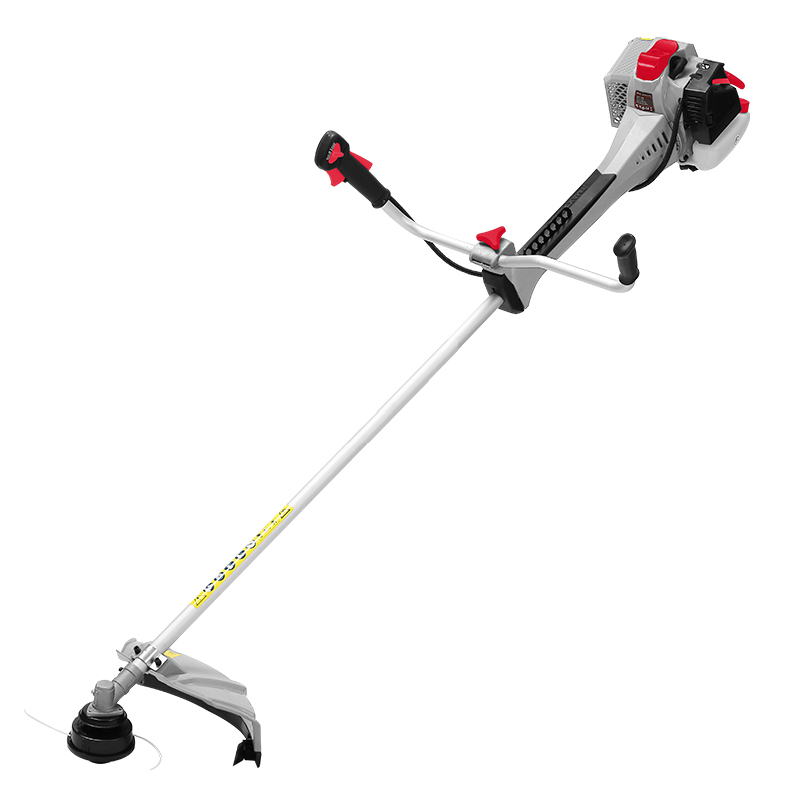 Brush Cutter
Brush Cutter
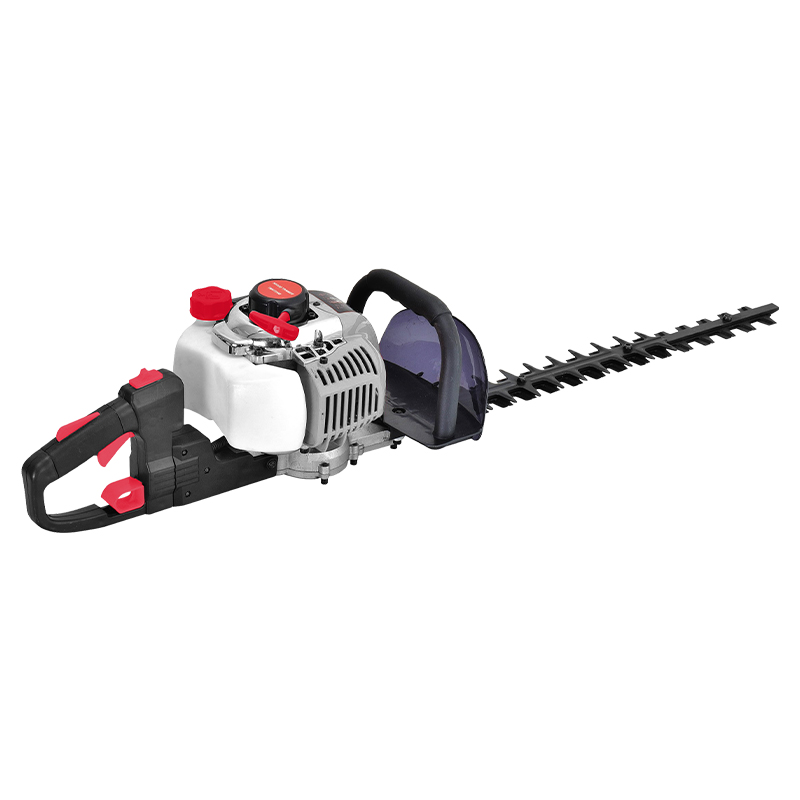 Hedge Trimmer
Hedge Trimmer
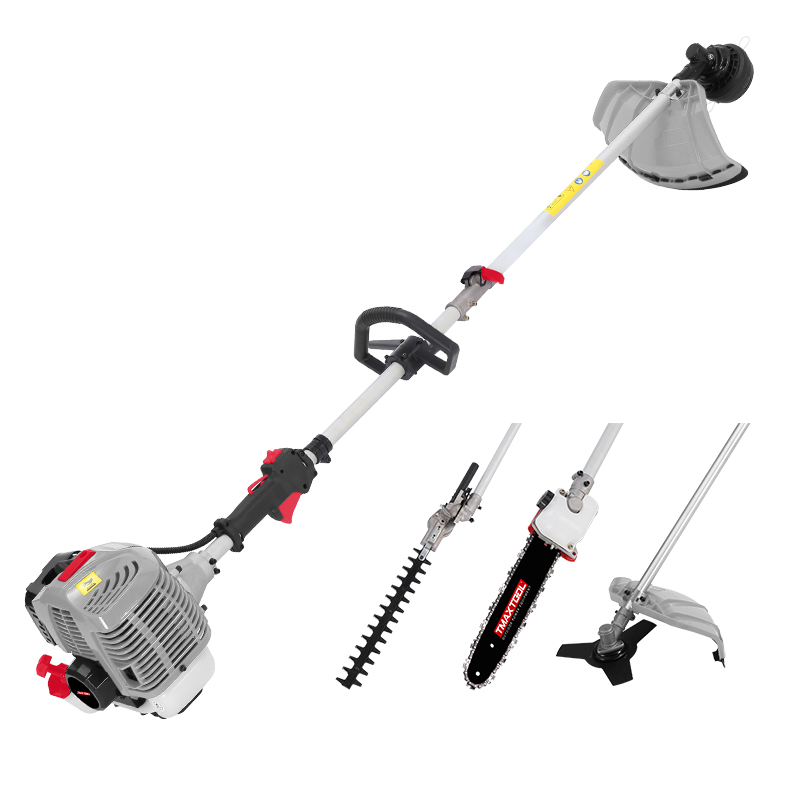 Multi Tool
Multi Tool
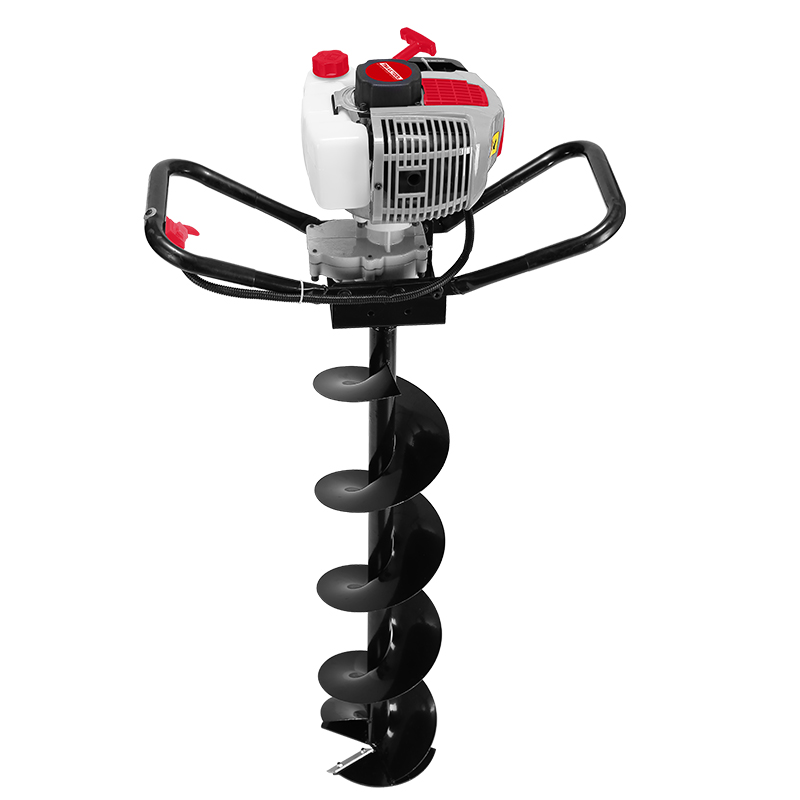 Earth Auger
Earth Auger
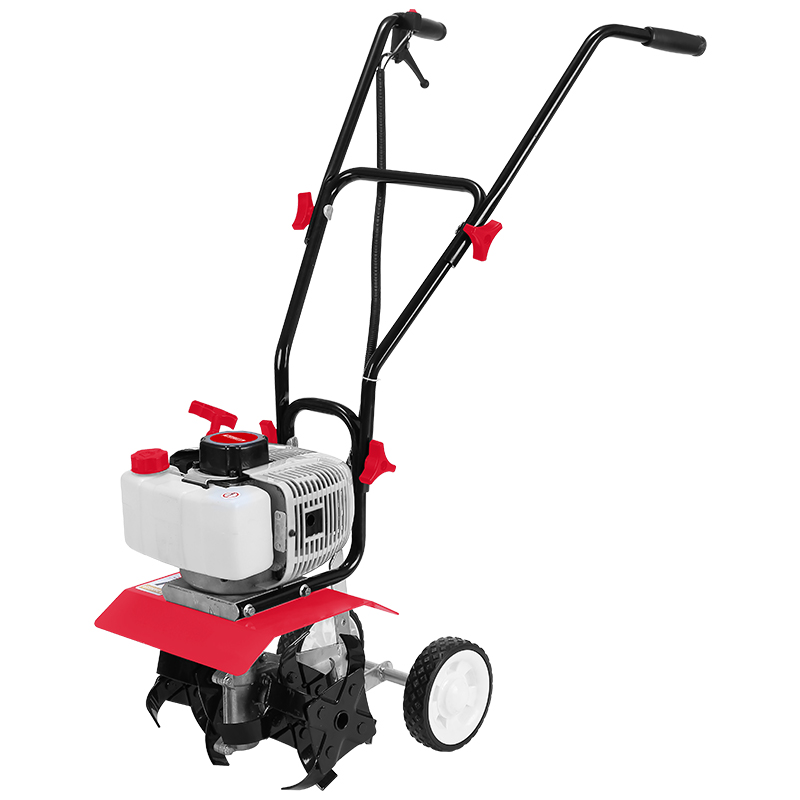 Tiller
Tiller
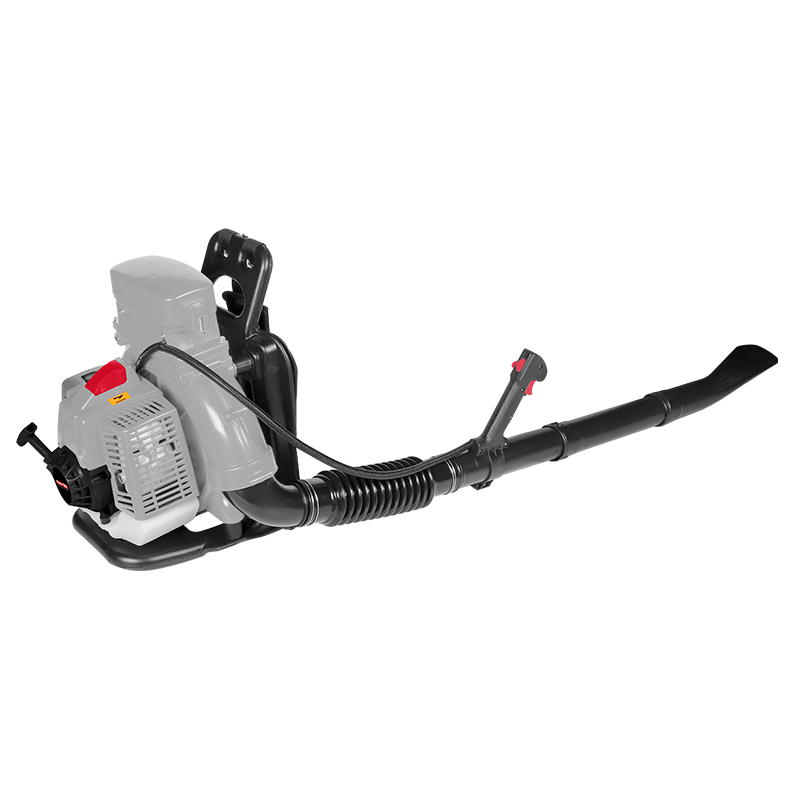 Blower
Blower
 4 Stroke Gasoline Engine
4 Stroke Gasoline Engine
 Generator
Generator
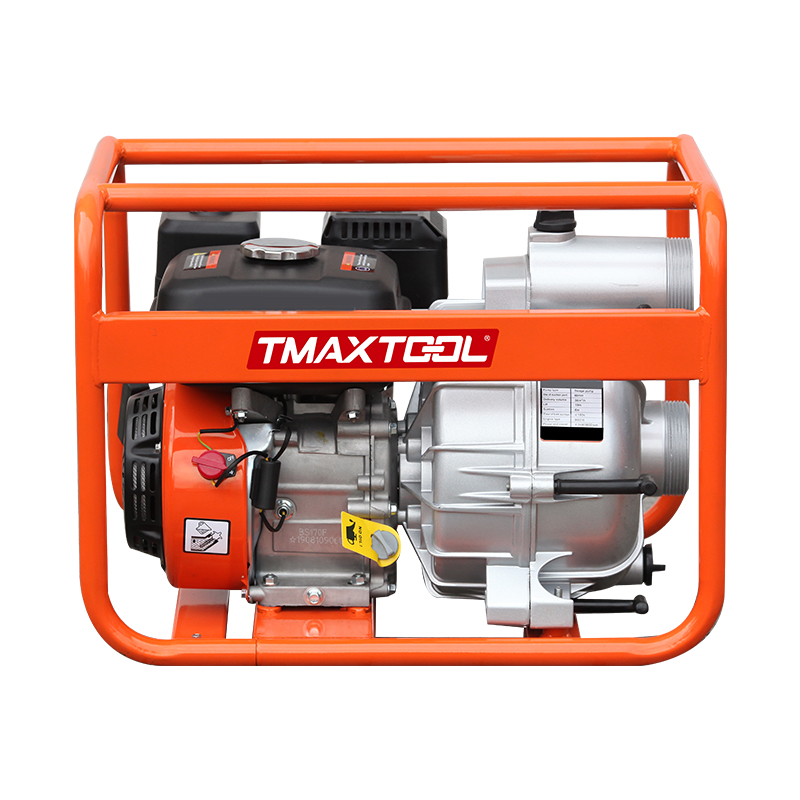 Water Pump
Water Pump
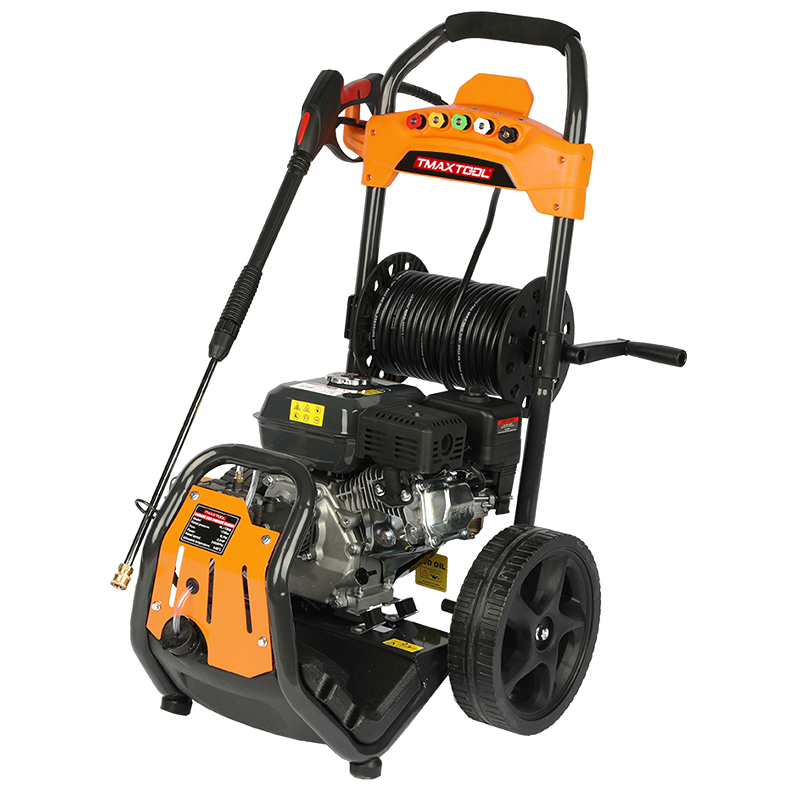 High Pressure Washer
High Pressure Washer
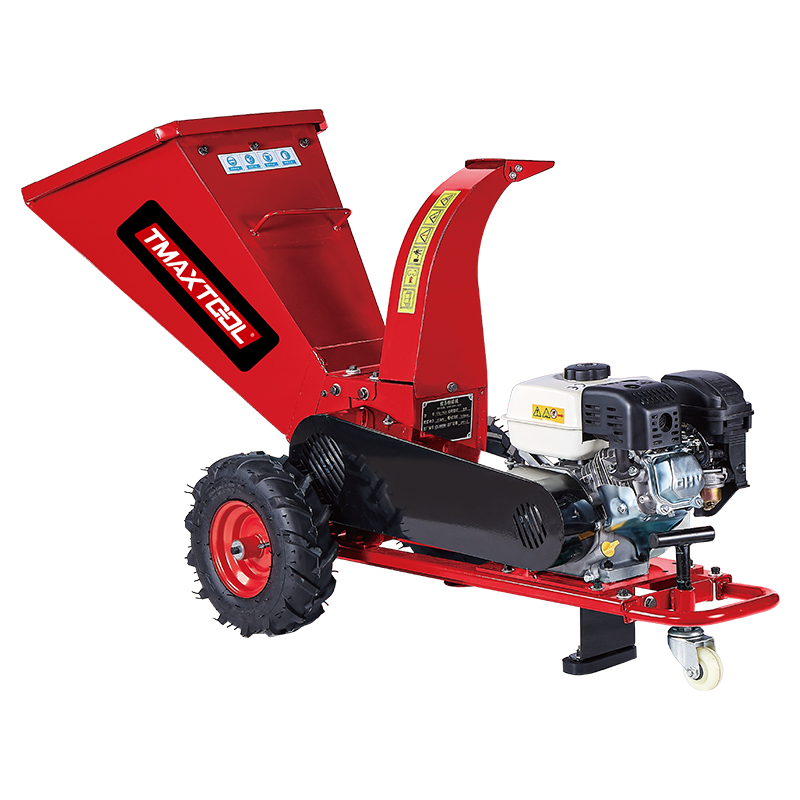 Wood Cutter
Wood Cutter
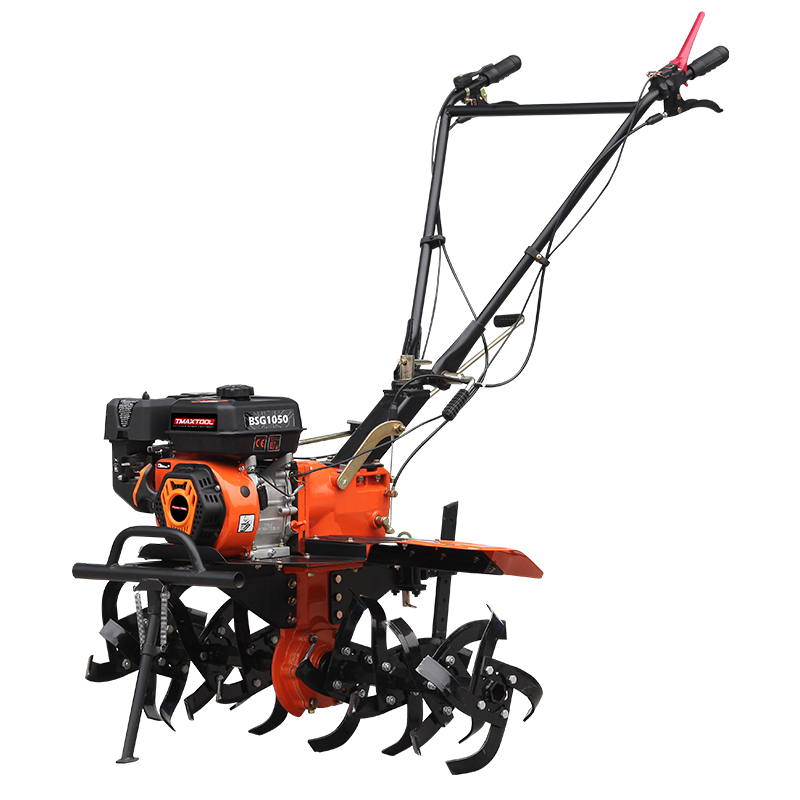 4 Stroke Tiller
4 Stroke Tiller
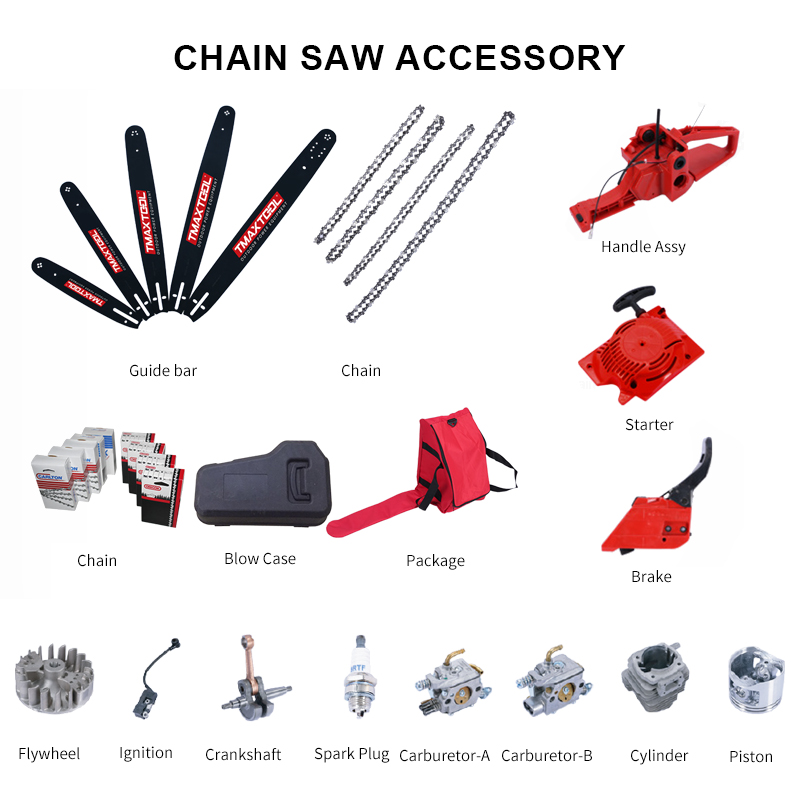 Chain Saw Accessory
Chain Saw Accessory
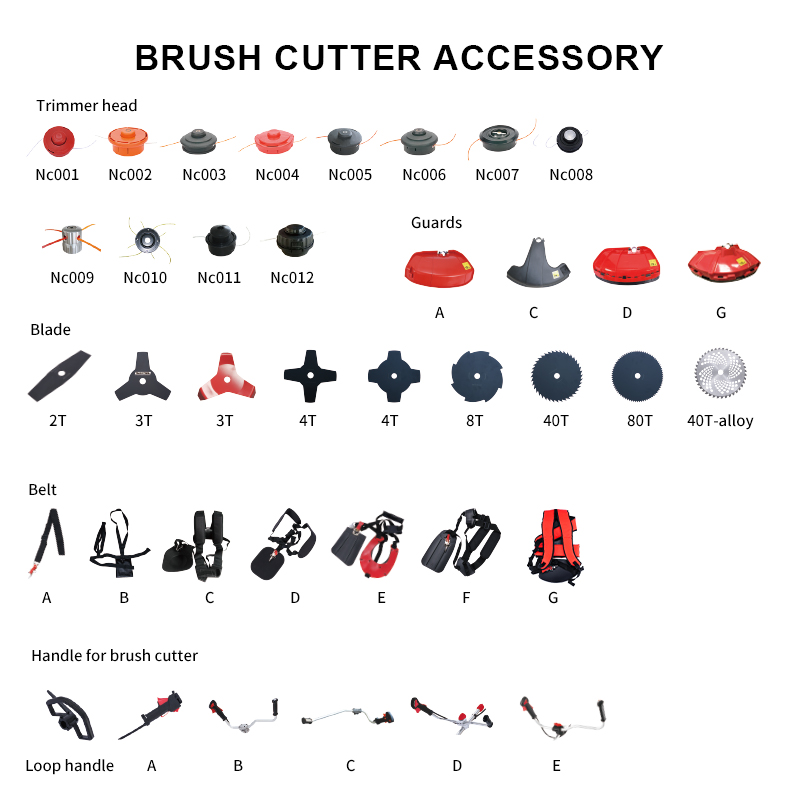 Brush Cutter Accessory
Brush Cutter Accessory
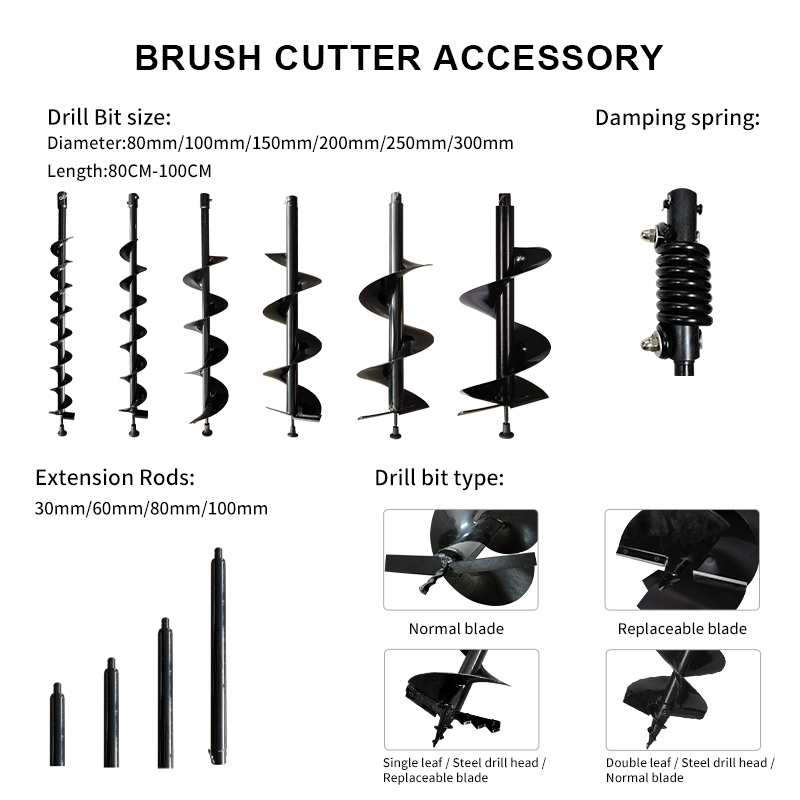 Earth Auger Accessory
Earth Auger Accessory
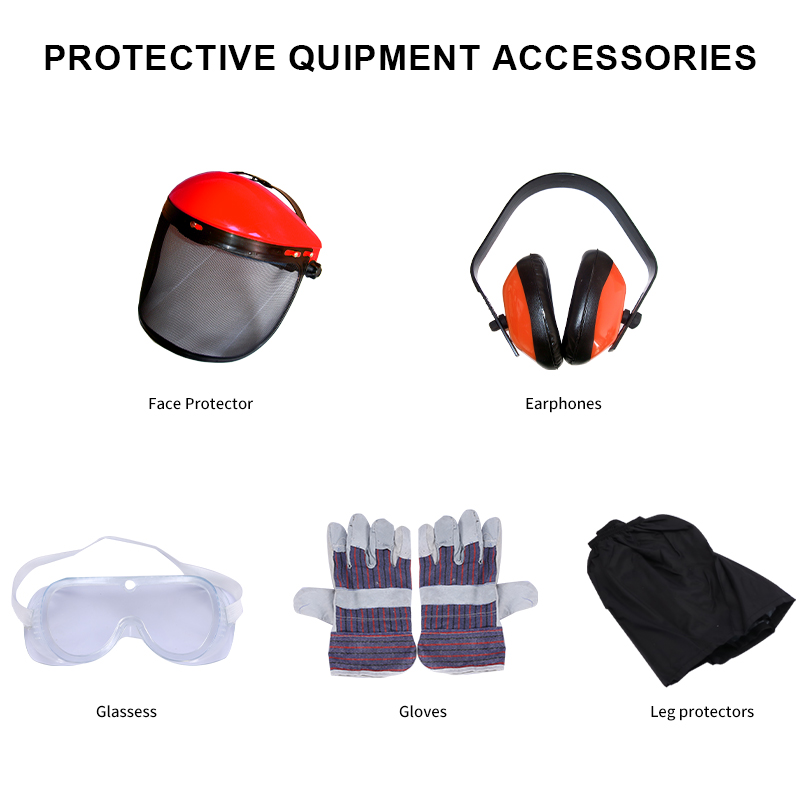 Protective Equipment Accessories
Protective Equipment Accessories




